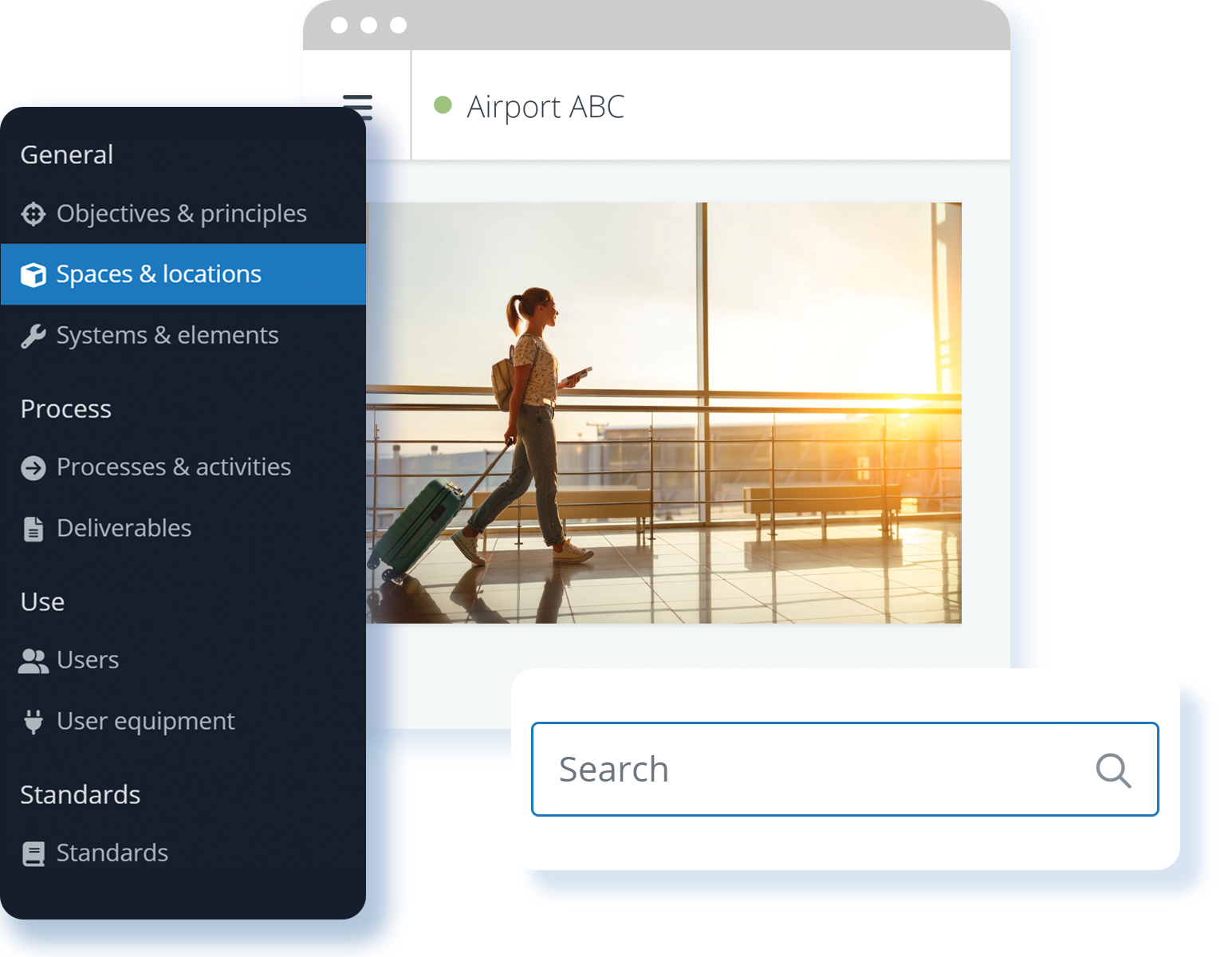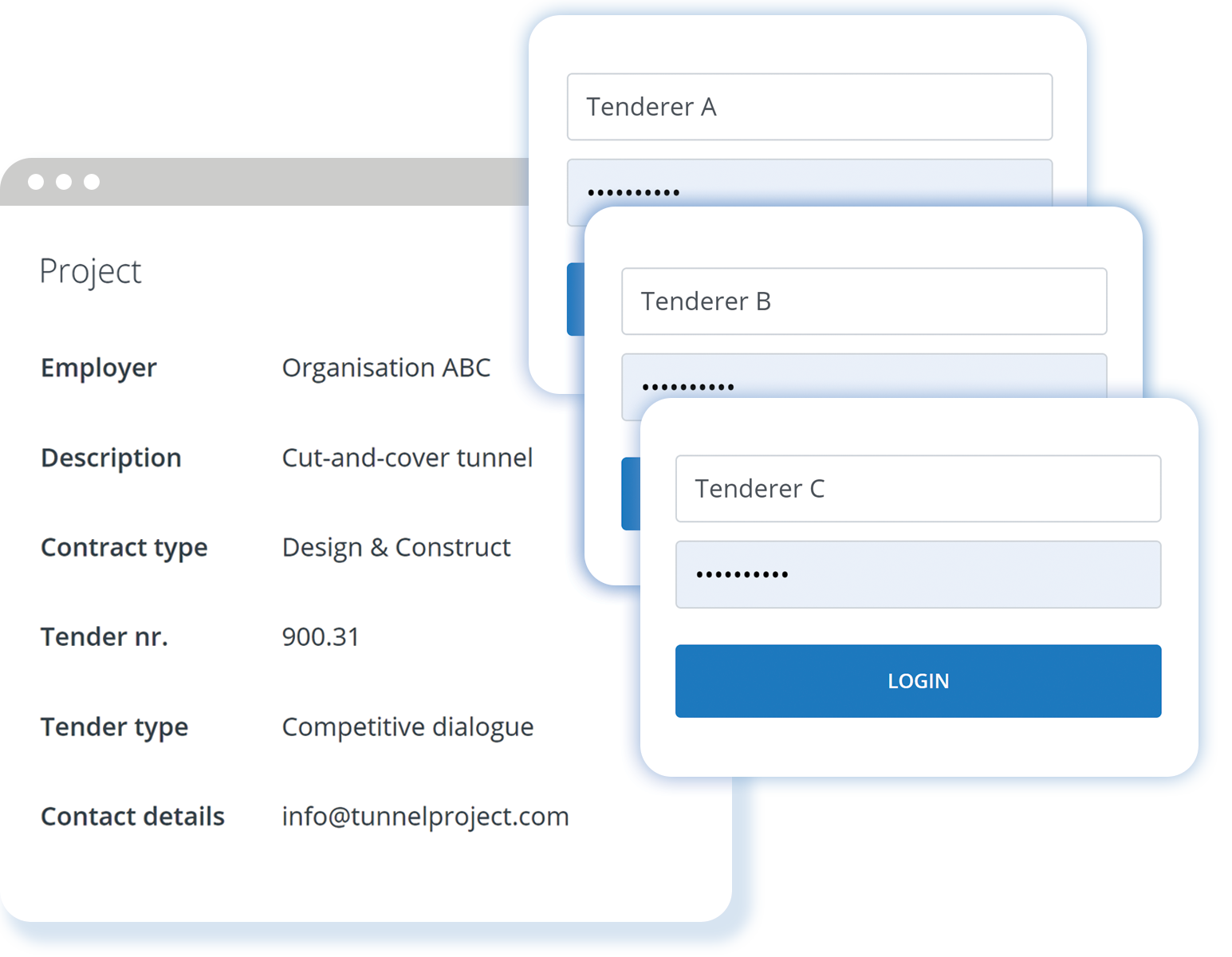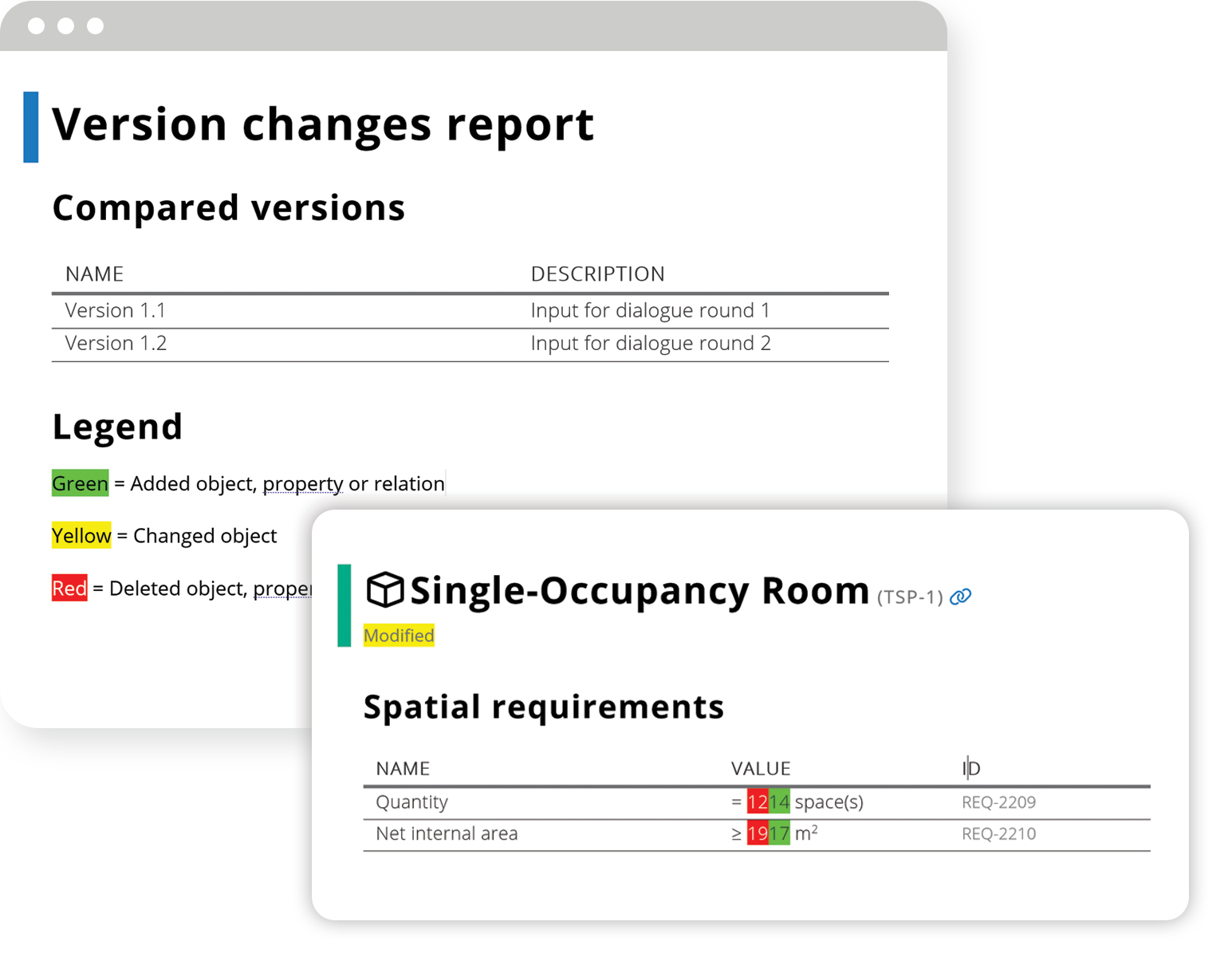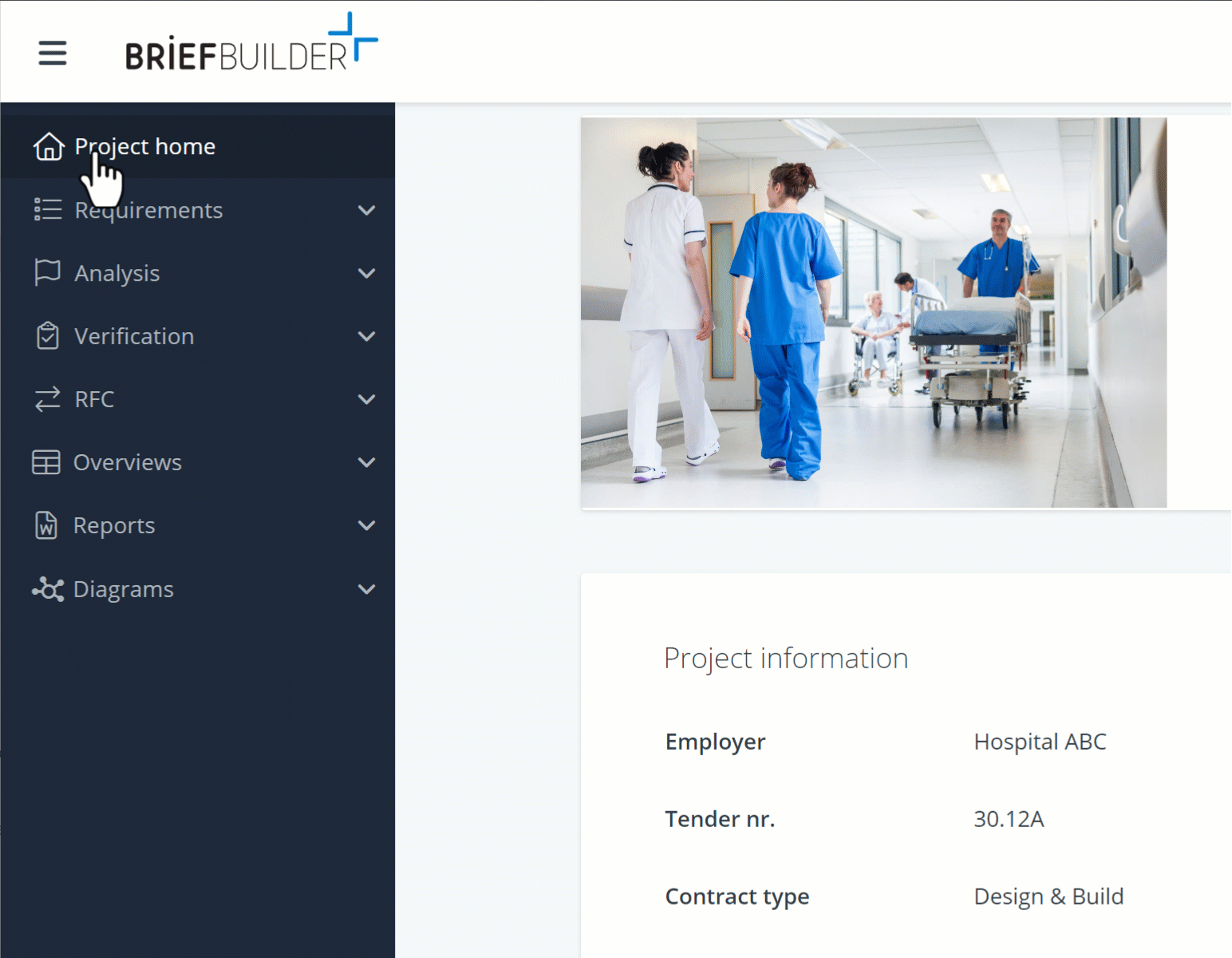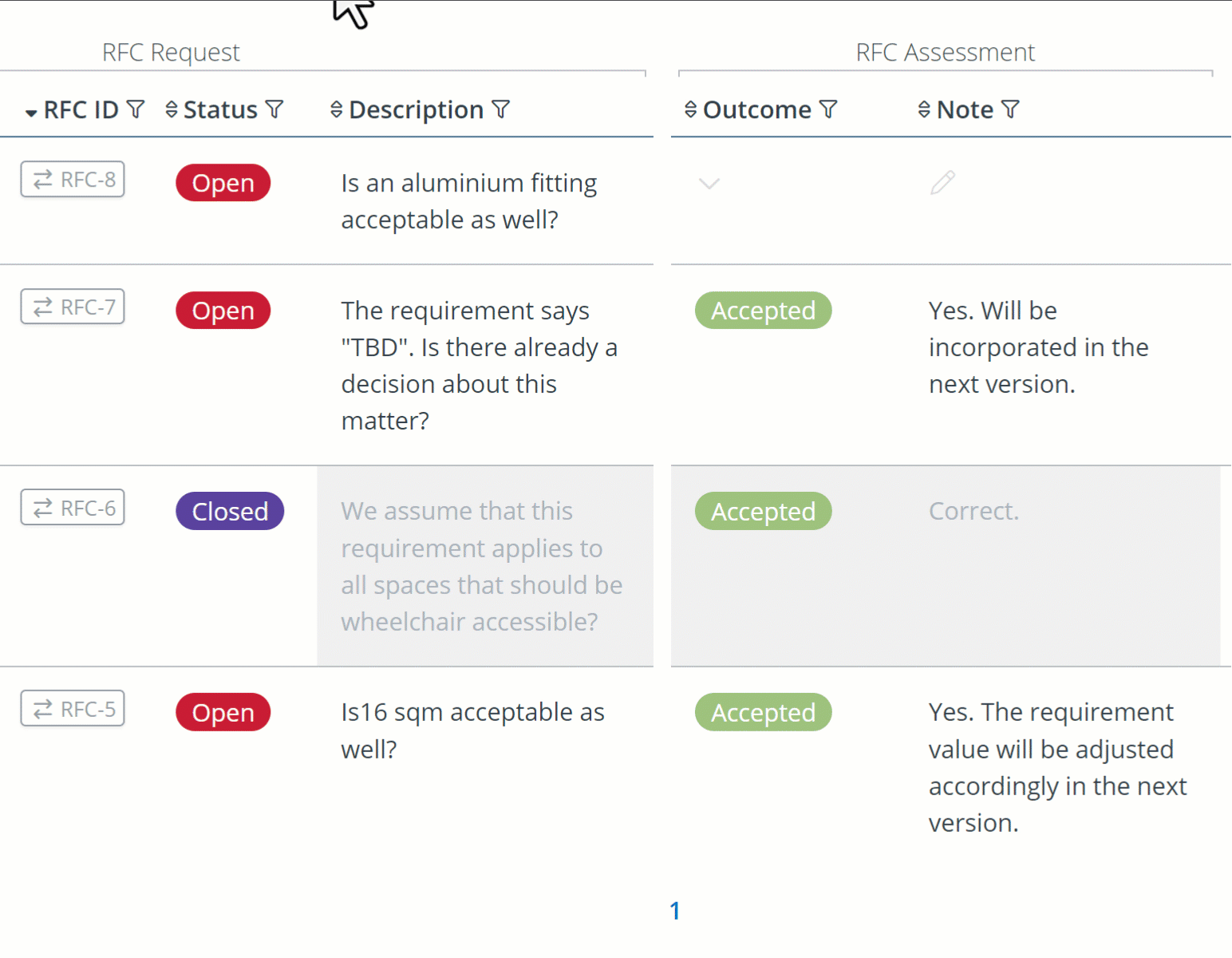Requirements are at the heart of any selection procedure. Clear requirements are essential for enabling tenderers to develop feasible proposals. With BriefBuilder you can define better requirements and allow tenderers to work with these in a systematic way.
Tendering / procurement
Frequently Asked Questions
No. Our focus is on the requirements part of the tender: what are the contracting party’s requirements for the works or services that are being procured.
Such requirements are traditionally captured in voluminous documents that are send out as PDFs. BriefBuilder takes a different approach: all requirements are captured in an online database. Tenderers can click, browse, and search through the set of requirements and can make their own overviews and reports.
For the contracting party, the benefit of BriefBuilder is that it will be easier to create a coherent and complete set of requirements and manage changes both during and after the tender procedure.
By no means. In line with the ISO 19650, tenderers get access to published versions of the requirements model, which is separate from the contracting party's 'working version'. Published versions are frozen versions of the requirements that cannot by edited by tenderers or the contracting party.
That is an option. It is possible to create dedicated models for the selected tenderers in which they can make comments and create RFCs (requests for change) for requirements in the model.

